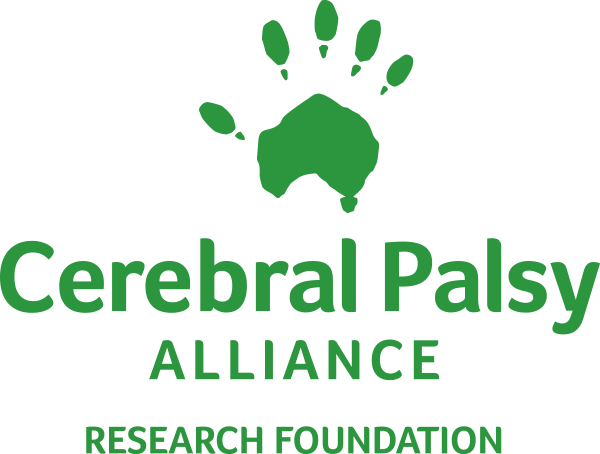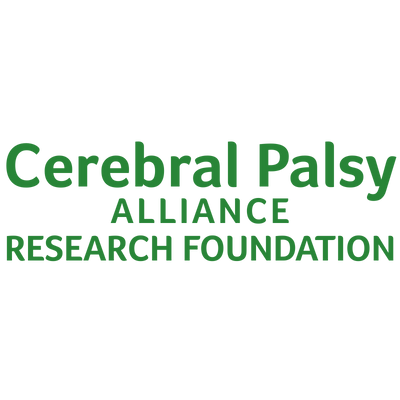
Changing What’s Possible: The Disability Innovation Podcast | Season Three
The majority of people living with cerebral palsy (CP) today are adults, and more research is finally being done to better understand the unique healthcare risks and needs of adults with CP. However, many gaps remain in both research and healthcare for adults with CP. Dr. Cristina Sarmiento is a clinician and researcher who focuses on the transition from pediatric to adult healthcare for adults with lifelong disabilities, particularly CP, with the ultimate goal of promoting overall health, well-being, and quality of life across the lifespan.
She is part of a team of researchers investigating research priorities for adults with CP. In this episode, Cristina discusses a CPARF-funded research project she and the team are working on through a strategic partnership with the CP Research Network. This project is critical for ensuring that future research will address the needs of the CP community. Cristina is an Assistant Professor in the Department of Physical Medicine & Rehabilitation at the University of Colorado Anschutz Medical Campus.
View the transcript for Episode Nineteen.
Listen and subscribe to learn more about how you or someone you care about can benefit from today’s latest advances in disability tech.
Thanks for listening! We’d love to know what you think of Changing What’s Possible. Please leave us a review on your favorite podcast platform, share your favorite episode with your friends, and help spread the word on social media.
Follow us: Instagram | Facebook | LinkedIn
Check out previous episodes. New episodes are released every Friday.
Fri 05 Dec 2025
An update on one of our most important initiatives: expanding access to life-changing assistive technology for Native Americans with disabilities.
Mon 08 Sep 2025
We’re proud to share that CPARF’s 2025 Remarkable US Accelerator cohort kicks off this week! This program supports disability-focused startups that are developing cutting-edge assistive technology.






